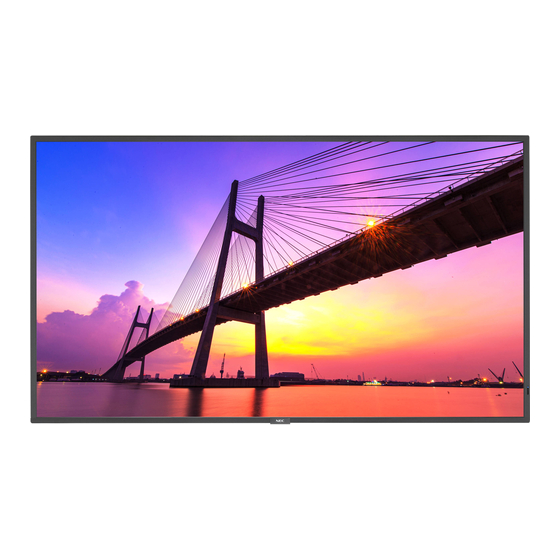
NEC MultiSync ME501 User Manual
Large format display
Hide thumbs
Also See for MultiSync ME501:
- Setup manual (328 pages) ,
- User manual (96 pages) ,
- Installation manual (9 pages)











Need help?
Do you have a question about the MultiSync ME501 and is the answer not in the manual?
Questions and answers